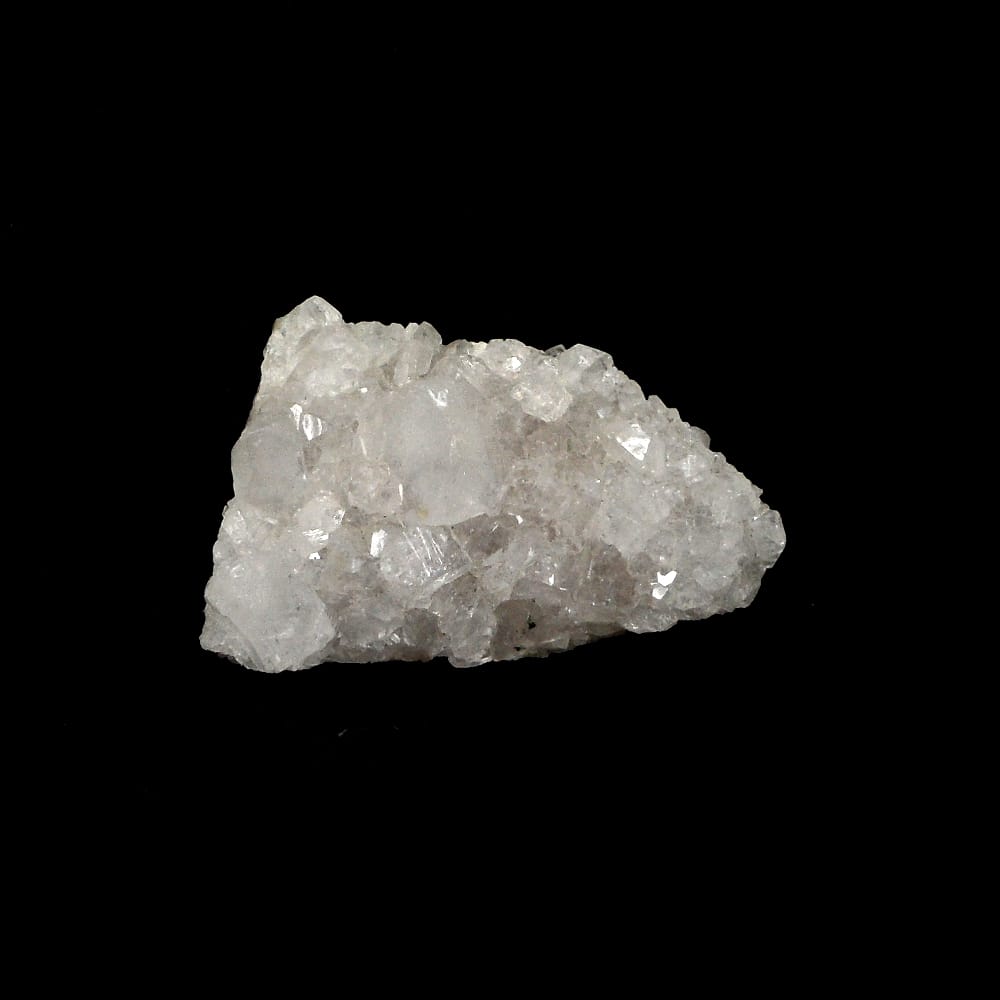
It appears to me that it would be more intellectually rewarding if one can perform the ab initio synthesis of a zeolite for a pre-established reaction, while locating the active site in the appropriate position within the framework. Then, they will be tested to find the best candidate, and try to find an explanation on why that particular zeolite is the best. Then, we make use of accumulated knowledge and analogies, go into the toolbox of synthesized zeolite structures, and select several that look promising. Imagine that you want to catalyse a reaction by using a zeolite. Here, we come back to the fundamental understanding of nucleation and crystallization.įor catalysis with zeolites, how we operate today is as follows.
#Zeolite crystalviewer how to
The question now is how to synthesize a zeolite that does not exist. Many thermodynamically feasible zeolites have been reported. Locating active sites in preselected positions is certainly a fundamental and intellectual challenge, with important industrial implications.Ī third challenge is to synthesize a predefined structure. Going further, it is also challenging to control the sizes and chemical compositions of active species within the microporous zeolite environment. You may even want to have one type of site in one channel and another site in the other channel to carry out tandem reactions. From the reactivity point of view, you may want to locate the catalytically active sites within one channel and not the other. Imagine, for instance, that you have a zeolite with pores of different sizes.

#Zeolite crystalviewer trial
Up to now, most of the advances have been achieved by the slow accumulation of knowledge, chemical intuition, and trial and error.Īnother challenge is how to locate active sites in specific pre-established positions within the zeolite. It was found that the mas.Important challenges are to understand the fundamental mechanisms of how nucleation and crystallization occur in zeolites, and how we can control them. This study revealed that ammonium exchange of natural zeolite could be an economical method of nitrogen removal from the permeates of anaerobic membrane bioreactors (AnMBRs). Thi.Īmmonium nitrogen removal from the permeates of anaerobic membrane bioreactors: economic regeneration of exhausted zeolite.Įnviron.

35(17-20), 2314-21, (2014)Ī nearly three-year microcosm experiment was conducted to test the effectiveness of capping red mud using acidic soil with an embedded layer of zeolite in sustaining the growth of a grass species. Ĭapping hazardous red mud using acidic soil with an embedded layer of zeolite for plant growth.Įnviron.

The effects of the TiO2 and Cu2O doses in TZ and Cu2O/TiO2/zeolite (CTZ). In this study, TiO2/zeolite (TZ)-based composite was utilized to degrade bisphenol A (BPA) under ultraviolet (UV) irradiation. Articles 62 More Articles Synergistic effects of TiO2 and Cu2O in UV/TiO2/zeolite-based systems on photodegradation of bisphenol A.Įnviron.


 0 kommentar(er)
0 kommentar(er)
